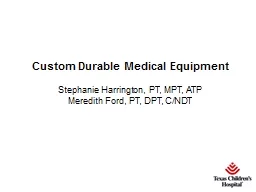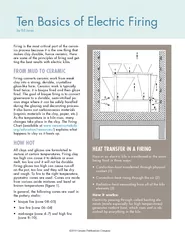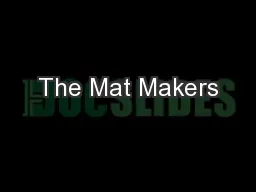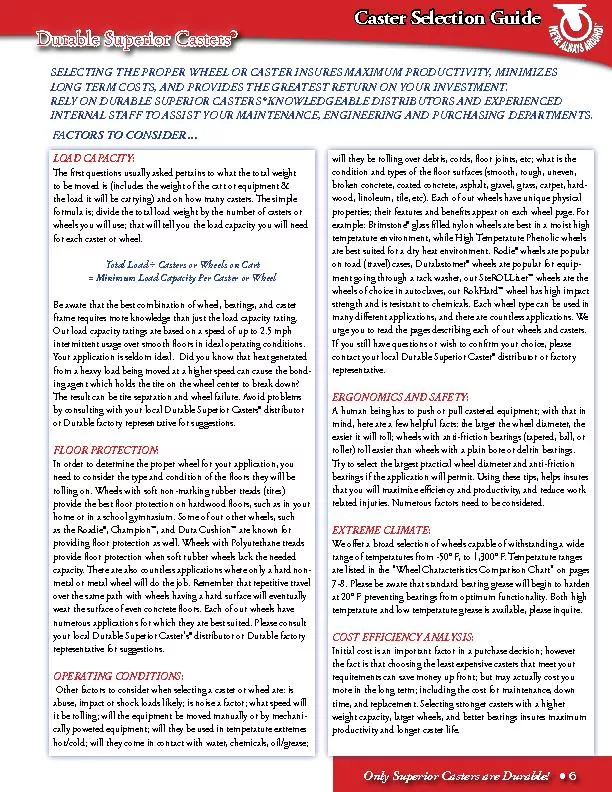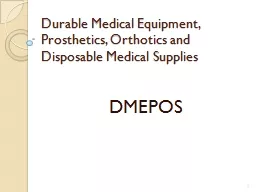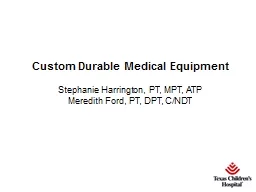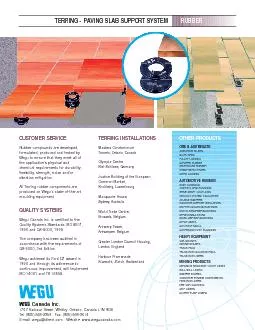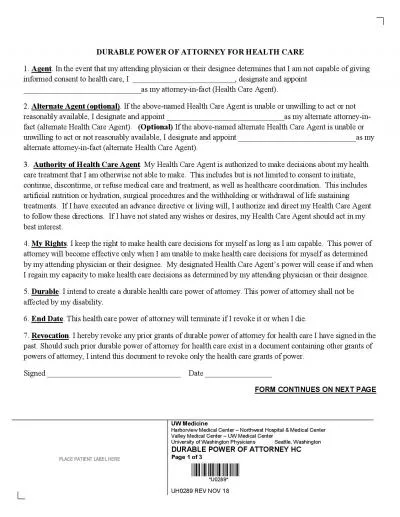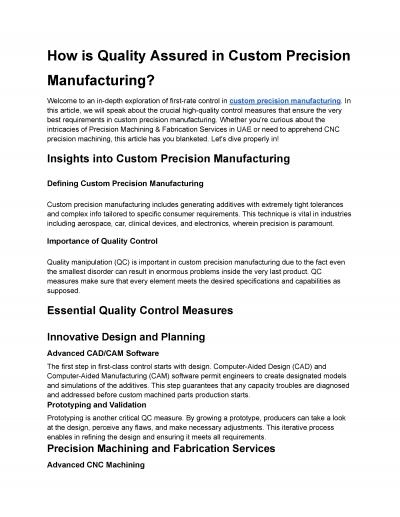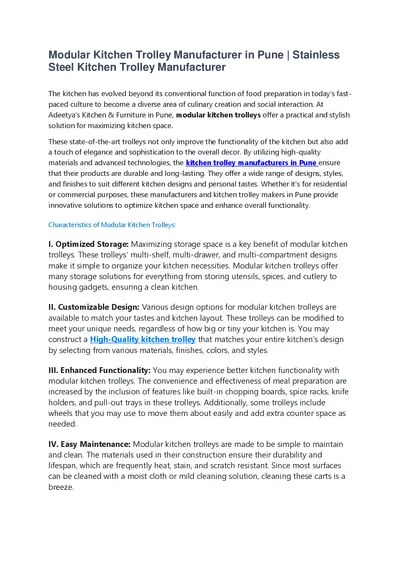PPT-Custom Durable Medical Equipment
Author : liane-varnes | Published Date : 2018-09-24
Stephanie Harrington PT MPT ATP Meredith Ford PT DPT CNDT Objectives Identify and evaluate for when DME is required Recognize custom durable medical products in
Presentation Embed Code
Download Presentation
Download Presentation The PPT/PDF document "Custom Durable Medical Equipment" is the property of its rightful owner. Permission is granted to download and print the materials on this website for personal, non-commercial use only, and to display it on your personal computer provided you do not modify the materials and that you retain all copyright notices contained in the materials. By downloading content from our website, you accept the terms of this agreement.
Custom Durable Medical Equipment: Transcript
Download Rules Of Document
"Custom Durable Medical Equipment"The content belongs to its owner. You may download and print it for personal use, without modification, and keep all copyright notices. By downloading, you agree to these terms.
Related Documents

